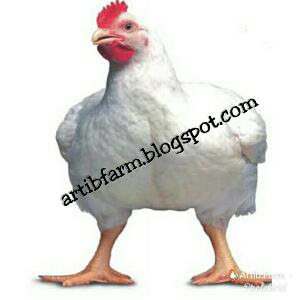Feed And Space Requirement For Broiler

Feed and space are essential factors that should be properly monitored for profitable commercial broiler production. Poor or inadequate feed can lead to poor growth, runts, diseases and infections. Space should be just enough for optimum broiler production as inadequate space promotes overcrowding, Heat Stress and high temperature-related infections. For a sensitive farmer, there are many methods of determining the required space and the quality, quantity of feed for broilers at different age. This is being based on the practical experience and in-depth research. Feed Requirement There are two major types of feed for broilers: the broiler starter and the broiler finisher. The difference between the two is in their protein content. Starter is more proteinous than finisher... Read More on types of feed. The broiler feed conversion ratio is 2 i.e your broiler can use 3 kg of feed to develop 1.5 kg of meat, if all thing being equal. It is simple to determine the quantity of feed requi...


